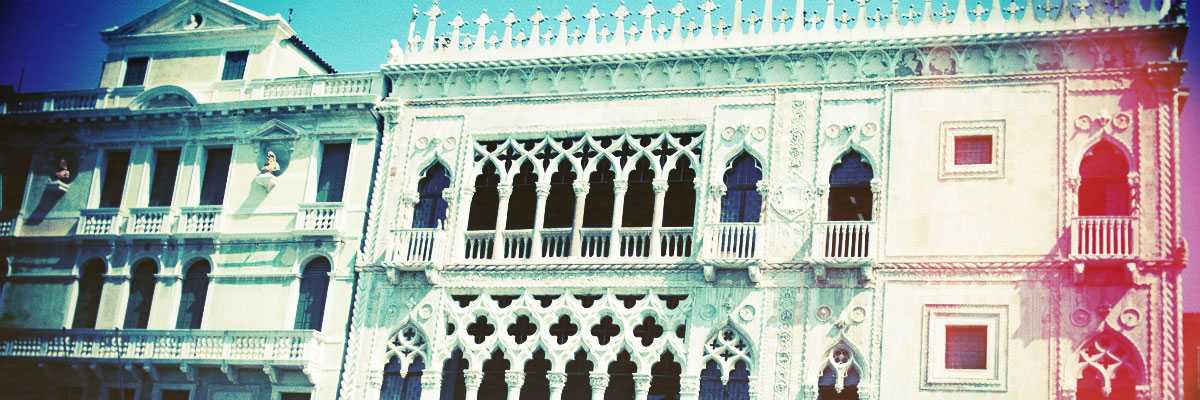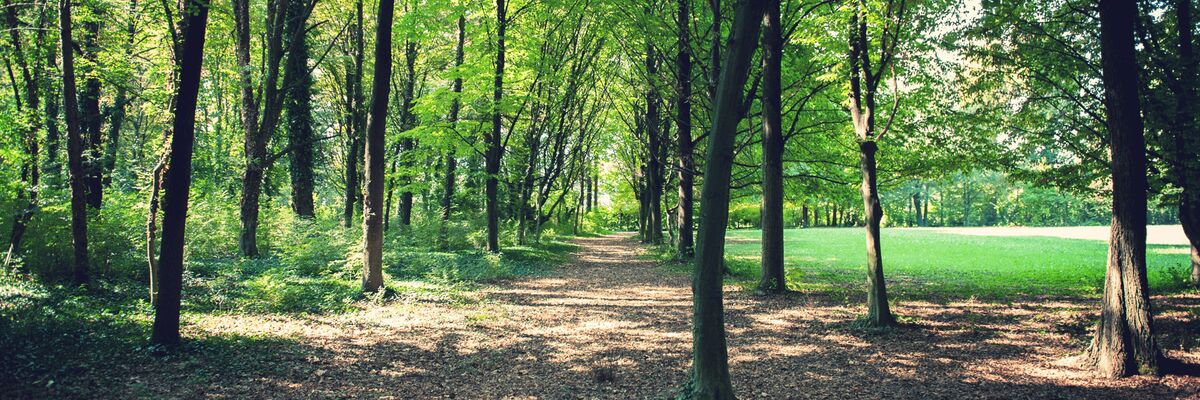The intention to create a large green area was implemented in the 1830s by Teresa Mosconi - wife of Count Spiridione Papadopoli - who at the time, together with her husband, took over from the Quadri family.
In order to realize the wishes of the Papadopoli couple, the monastery dedicated to Santa Croce - which gave its name to the entire district - one of the oldest in Venice had to be demolished; today, in memory of this place of prayer, there are two toponyms, Fondamenta della Croce and Fondamenta del Monastero. In the nineteenth century the garden occupied 12,000 square meter
Already subscribed? Login →
Continue reading:
7,99€ per month, or 59€ per year
Invest in culture, in beauty, in a better future.
You can unsubscribe whenever you want.
or




